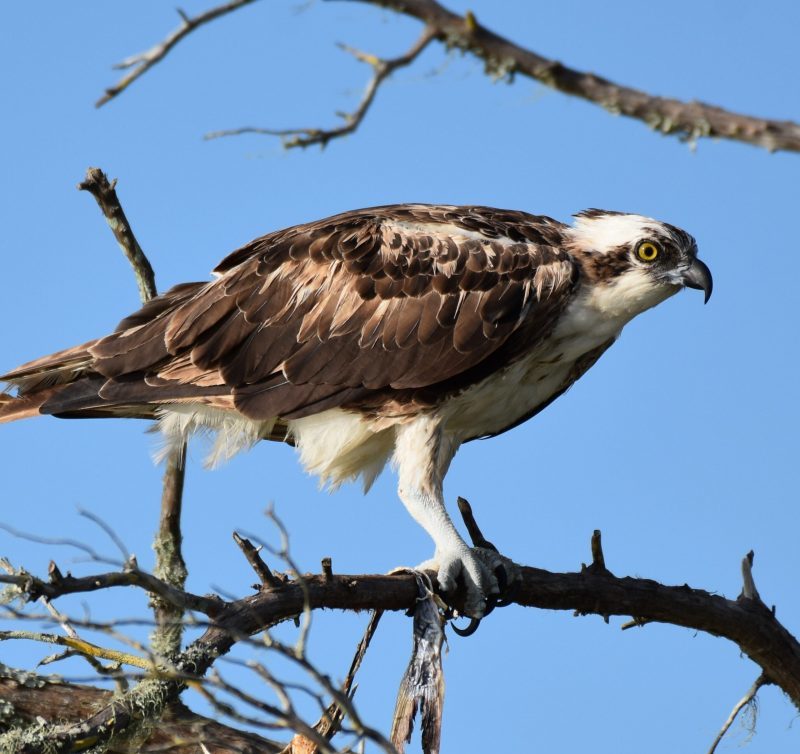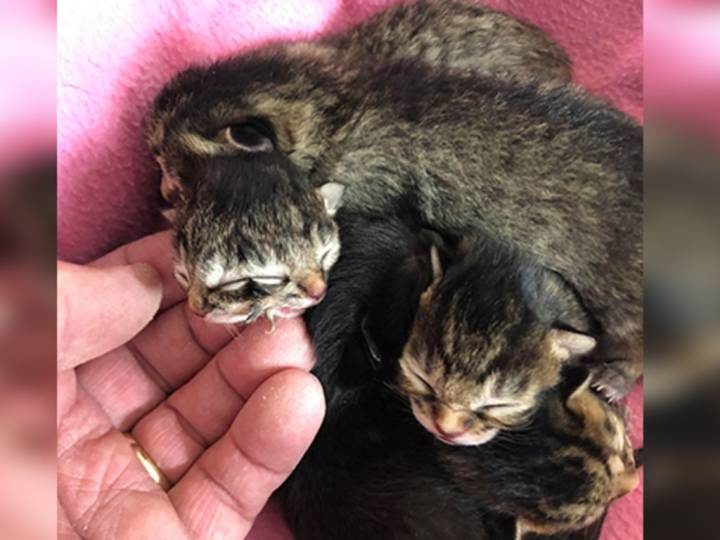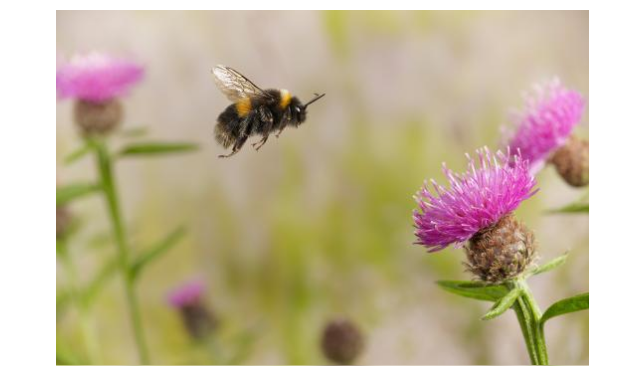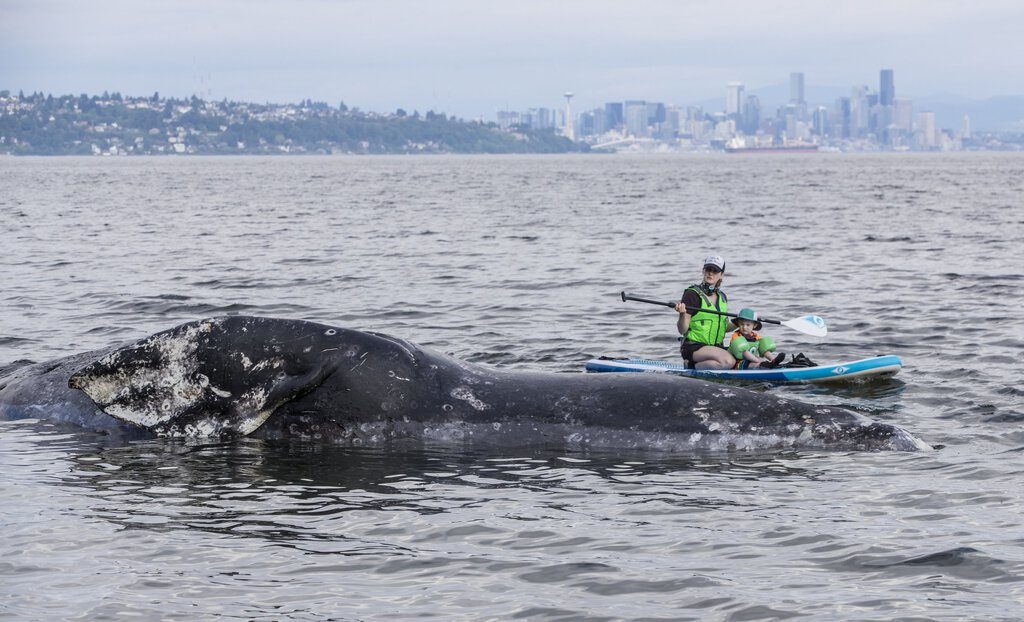
© Linda Walters/ University of Central Florida.Ospreys, like the one pictured here, are among the types of birds of prey in Florida that have been found to be accumulating microplastics in their stomachs.
A new study has found, for the first time, the presence of microplastics in the digestive systems of terrestrial and aquatic birds of prey in Florida, including hawks, ospreys and owls.
Microplastics are not a specific kind of plastic, but rather any type of plastic fragment that is less than 5 mm in length - less than the size of a pencil tip
. They enter natural ecosystems from a variety of sources, including cosmetics, synthetic clothing, and industrial processes.The accumulation of microplastics in birds' digestive systems could lead to poisoning, starvation and death, according to the study, which was
published online in the journal Environmental Pollution. University of Central Florida biologist
Julia Carlin is the study's lead author,
said that birds of prey are critical to a functioning ecosystem:




Comment: Biblical-style events appear to be a pretty common occurrence in our days.